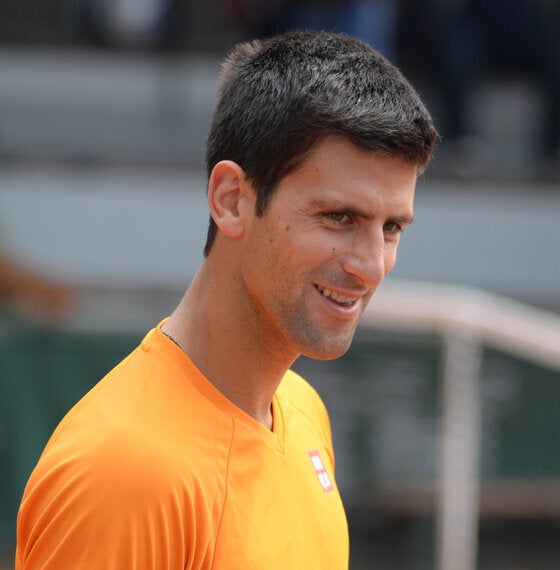
In a controversial yet thought provoking comment, world number one Novak Djokovic has questioned equal prize money in tennis, suggesting men should be paid more as they have more spectators. Djokovic made these remarks after winning the BNP Paribas Open final on 20 March 2016. He said:
"Stats are showing that we have much more spectators on the men's tennis matches. I think that is one of the... reasons why maybe we should get awarded more. As long as it is like that and there is data and stats available and information... upon who attracts more attention, spectators, who sells more tickets and stuff like that, in relation to that it has to be fairly distributed."
He further said that male players should follow in the footsteps of the female players who "fought for what they deserve and they got it. On the other hand I think that our men's tennis world should fight for more because the stats are showing that we have much more spectators on the men's tennis matches. Women should fight for what they think they deserve and we should fight for what we think we deserve."
The comment can be analysed from two perspectives on diversity, i.e., business case and social justice case.
From a purely business perspective, the argument that 'the viewing statistics may be used to determine fair distribution of prizes at joint events' seems to be credible. This is broadly consistent with the human resource management principle of pay for performance or commission for sales.
However, the argument also highlights why a purely business perspective may not be enough to promote equality and diversity. Indeed, such perspective seems to ignore two interconnected issues:
(a) The historical stereotyping and disadvantage of women in all fields of life including sports; and
(b) Diversity of women and men. A neglect of gender diversity results in the sameness paradigm, which is problematic because women's and men's issues and life cycles are not and must not be treated as identical.
Interestingly while Djokovic alludes to physical differences between women and men ("Their bodies are much different to men's bodies. They have to go through a lot of different things that we don't have to go through...the hormones and different stuff."), he does not mention the historical disadvantage that women have been sustaining since time immemorial until today due to these very differences. He seems to ignore that these differences need to be valued and accommodated to create greater equality and inclusion, instead of being used to reinforce and augment the existing gender gaps not only in sports but also in entertainment, employment, politics and leadership.
From a social justice perspective of diversity, it is unfair that women should be evaluated and paid less for their anatomical differences. The fact that hormones, implying period, do affect women's training and performance is not in dispute. However, life cycle and anatomical differences should not be used to penalise women, such as those women whose careers are adversely affected due to maternity leave and traditional family roles. Instead such differences should be valued and accommodated in organisational structures and routines. For example, an inclusive approach to gender diversity is reflected in Grand Slams where women play only three sets compared to men who are required to play five.
The fact that the resale prices of Wimbledon debenture seat tickets for men's finals' tickets are usually two to three times costlier than those for women's final is perhaps not only a measure of popularity but also indicates gender differences in total and disposable incomes. For example, in the UK the gender pay gap for median earnings of full-time employees is more than 9% and may be as high as 54% in top-level highest-paid jobs. Thus, ticket sales and viewership may reflect and reinforce social inequalities and stereotypes, and are a poor measure for actual performance.
There is also an issue of male vs. female binary which is at times emphasised at the cost of a complementary view of men and women. Indeed, many events are more successful when they combine women and men, which is why the trend has been toward combining rather than separating them.
Last but not least, there is also an issue of equity and class across the field, i.e., to distribute more money to the lower rungs of the sport. There is allegedly massive discrepancy between the top tier and lower tier earnings in Tennis and other sports which merits urgent attention.
Photo credits: By Tatiana from Moscow, Russia (via Wikimedia)